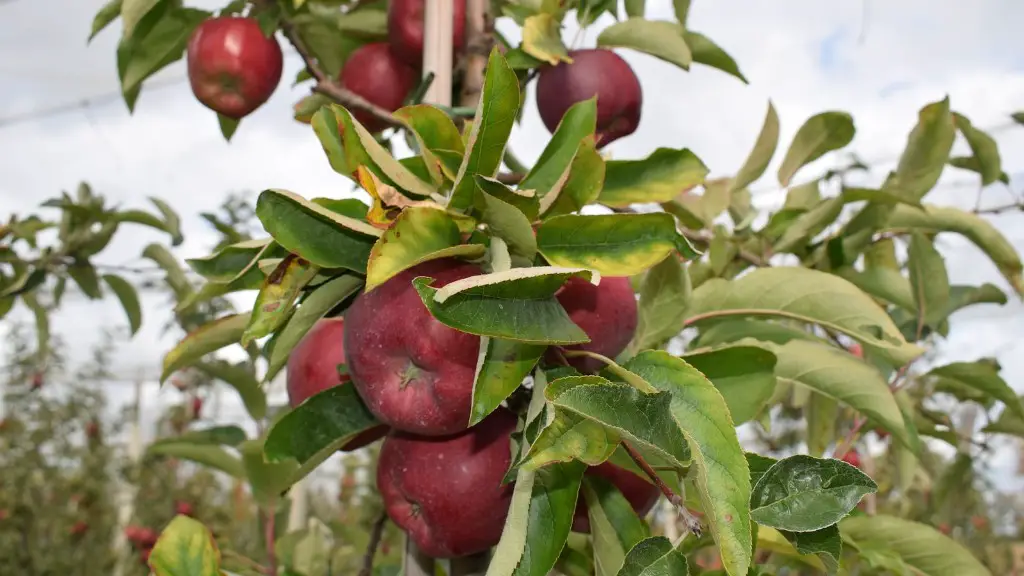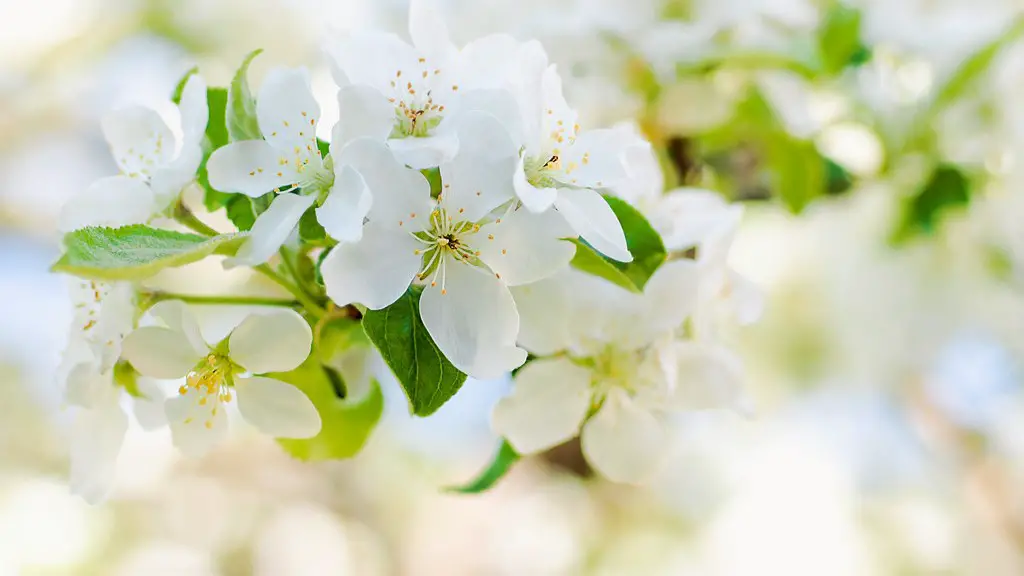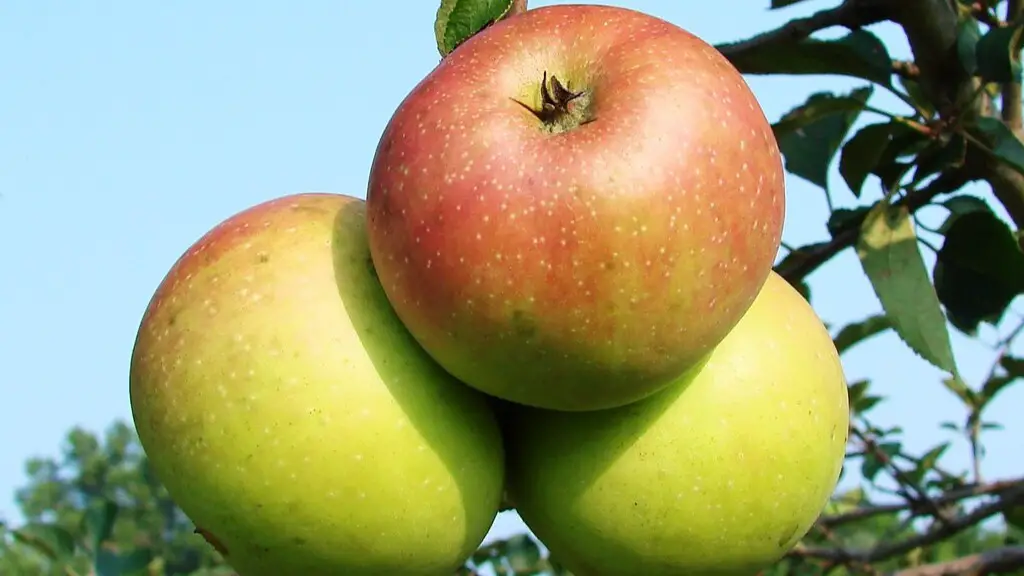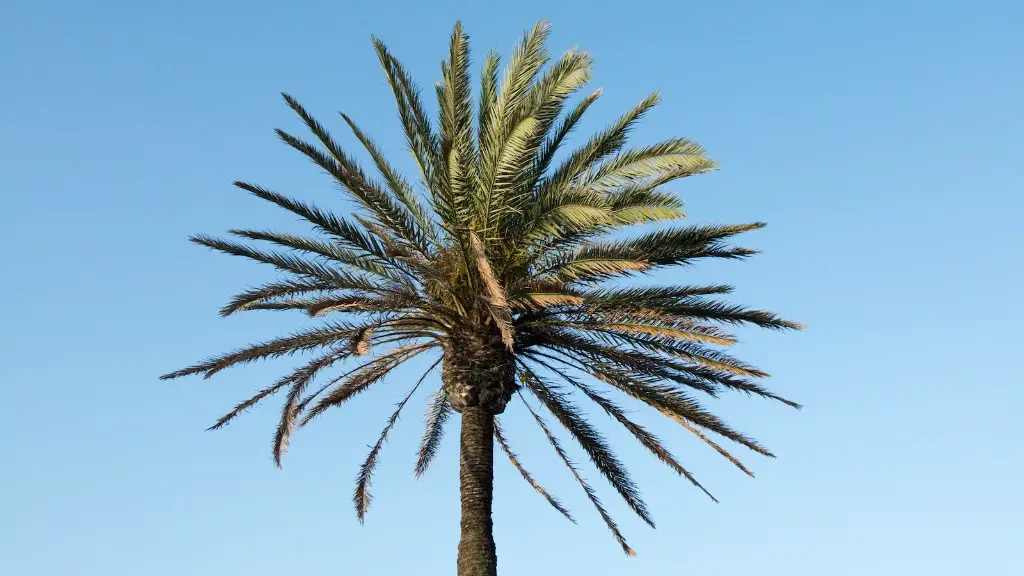Yoshino cherry trees or Prunus x yedoensis are some of the most popular and loved cherry trees in the world. They are often featured in art, literature, and poetry. These trees are seen as symbols of renewal and new beginnings.
Yoshino cherry trees can reach heights of 25-40 feet when they are mature. It takes the trees roughly 5-6 years to reach their full height. Generally, they have a rounded to oval shape with a slightly oblong top. The interesting thing about the trees is that they actually develop faster during their initial years and are low maintenance. Therefore, they are a great addition to any landscape.
Yoshino cherry trees have deep green, shiny foliage and usually have some bronze on the upper side. The tree produces beautiful, white blooms with five petals that look stunning during the flowering season. This usually happens in mid to late spring, typically April to May.
So why are Yoshino cherry trees so popular? Well, for starters, they are resistant to drought and wind. Plus, due to their compact size and relatively low maintenance, they are perfect for small gardens or courtyards. They also do not require much pruning and have very few pest issues which makes them a great choice for the home gardener.
Another key benefit of Yoshino cherry trees is that they are very disease resistant. They are particularly resistant to many of the common cherry tree diseases. These include root rot, black knot, and leaf spot. This makes them easy to maintain and increases their lifespan.
Finally, Yoshino cherry trees are relatively fast-growing. As we’ve established, they reach their full height in just 5-6 years. Even better, they require minimal fertilization and watering once they’re established. This, combined with their disease resistance, helps to make them an excellent tree for landscaping.
Location
Yoshino cherry trees are hardy and easy to grow in USDA hardiness zones 5-9. This makes them a great option for many parts of the country. They like full sun and prefer soil that is evenly moist and well-drained. Also, the trees should be planted in an area where air is allowed to freely circulate.
In addition to their hardiness, they also need very little pruning. However, if they do need to be pruned, it is best to wait until after the flowering season. This will help to ensure that any flower bud is not affected. Otherwise, trimming off any dead branches is usually all that is needed.
When it comes to soil requirements, Yoshino cherry trees typically prefer slightly acidic soil, however, they are also tolerant of some alkaline conditions. The trees should also be planted in an area where there is plenty of space for their roots to spread. Generally, allow four to five feet from the trunk to the edge of the canopy.
Maintenance
Yoshino cherry trees require minimal maintenance once they are established in the ground. However, they are prone to a few diseases and pests which could affect the tree’s growth and health. Anthracnose and bark canker diseases are the most common problems. Bark canker can cause the tree to die over time if left untreated. Thus, keep an eye out for discolored or wilted leaves and treat them immediately.
Yoshino cherry trees can also be susceptible to pests such as aphids and mites. The best way to prevent infestations is to keep the tree free of dead leaves and branches. Also, for extra protection, you can use a pesticide or an insecticidal soap whenever you spot activity.
Finally, Yoshino cherry trees have shallow roots and therefore, should be well-watered during the summer months. They thrive with regular waterings, especially during the hottest part of the year. This helps to ensure that their root system will stay healthy and that its growth won’t be stunted.
Harvesting
Yoshino cherry trees produce an abundance of deliciously sweet cherries in late summer and early fall. The cherries are ready for harvesting when they turn dark-red or purple. They should be harvested gently and carefully to avoid any damage to the fruits. If harvested properly, they should keep for around two weeks in the refrigerator.
Yoshino cherries are excellent for both fresh eating and cooking. They can be used to make jams, pies, and sauces. They can also be conserved through freezing and canning. However, once they are processed, they don’t last more than 5-6 weeks in the refrigerator, so be sure to consume them within a reasonable time.
Overall, Yoshino cherry trees are some of the best and most loved cherry trees in the world. They are resilient, disease-resistant, and require minimal maintenance. They also look stunning and produce sweet, delicious cherries that are perfect for cooking and eating.
Risks
It is important to note, however, that Yoshino cherry trees can be affected by extreme temperatures, either too cold or too hot. Temperatures below -20°F and over 95°F can cause damage to the trees and their fruits. Also, if there is a lack of moisture, they can struggle. So be sure to fertilize and water the tree regularly to ensure its health.
Yoshino cherry trees are also prone to flower and fruit developments issues due to heavy winds and spring frosts. This can cause the flowers to die off and stunt their growth. If this happens, be sure to trim off the dead stems and flowers to allow the healthy ones to thrive.
Finally, Yoshino cherry trees can suffer from nutrition deficiencies if not fertilized correctly. As with all trees, it is essential to provide them with the necessary nutrients for growth. You can fertilize your cherry tree once in the spring and once in the fall.
Aesthetics
Yoshino cherry trees are extremely aesthetically pleasing and make for a stunning addition to any landscape. They are often featured in art, literature, and poetry due to their beautiful pink and white blossoms.
Their deep foliage is perfect for providing shade in hot summer months. Furthermore, their rounded to oval shape makes them great to look at in a garden or courtyard.
Every year during its flowering season, the tree’s canopy is filled with beautiful, white blooms that transform any outdoor space into a sight to behold. It’s no wonder why they’re some of the most cherished trees in the world.
Health Benefits
Yoshino cherry trees are not just beautiful, but also provide some health benefits. The tree produces edible cherries that are high in antioxidants, fiber, and vitamin C. These nutrients help to promote heart health and boost immunity. They also contain flavonoids which are believed to help protect against cell damage and reduce inflammation.
The tree’s foliage is also beneficial to health. Studies have found that the foliage contains a compound called coumarin which can help to reduce stress and improve mental wellbeing. Plus, its aroma is believed to relieve headaches and improve mood.
Finally, Yoshino cherry trees produce a sweet nectar that is known to attract bees, butterflies, and other pollinators. This is really beneficial for local ecosystems and helps to ensure that the tree has adequate pollination for its fruit-bearing seasons.
Conclusion
All in all, Yoshino cherry trees are fabulous trees to have in the garden. They are resilient, disease-resistant, and require minimal maintenance. Plus, they are aesthetically pleasing, produce delicious cherries which have a host of health benefits, and attract pollinators. So why not add this stunning, versatile tree to your landscape today?



